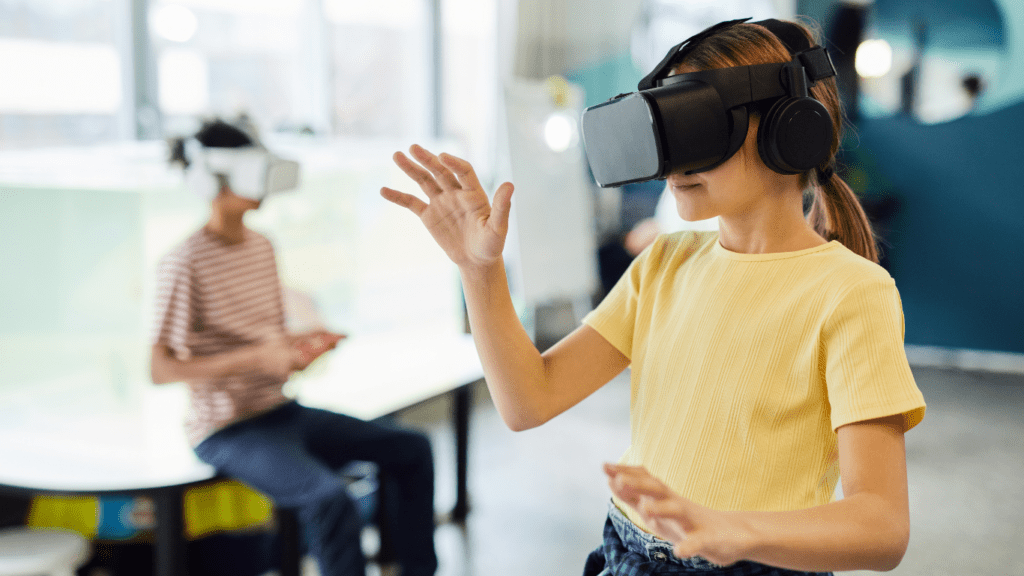In today’s fast-paced digital age, the impact of social media on how news is shared and consumed is undeniable. As a seasoned blogger, I’ve witnessed firsthand the power of platforms like Facebook, Twitter, and Instagram in shaping the way information is disseminated to the masses. Social media has revolutionized the news industry, allowing stories to reach global audiences in a matter of seconds.
Through my years of experience in the online realm, I’ve seen how social media algorithms prioritize certain news stories, influencing what trends and goes viral. The ability for individuals to share, comment, and engage with news content has transformed the traditional news landscape. As I delve deeper into this topic, I’ll explore the implications of social media’s influence on news dissemination and how it continues to reshape the way we stay informed in the digital era.
The Rise of Social Media as a News Source
Social media has become a dominant force in news dissemination today. It’s crucial to understand how this shift impacts how we consume and share information. Let’s delve deeper into the changes in news consumption habits due to the rise of social media and compare the speed and reach it offers compared to traditional media.
Changes in News Consumption Habits
- Instant Updates: Social media platforms provide real-time updates on breaking news, allowing users to stay informed of the latest events within moments.
- Personalized Feeds: Users can customize their news feeds based on their preferences, ensuring they receive news that aligns with their interests.
- Diverse Perspectives: Social media exposes users to a wide range of viewpoints and opinions on news stories, enabling a more diverse and comprehensive understanding of various issues.
- Interactive Engagement: Unlike traditional media, social media encourages active engagement through likes, shares, comments, and discussions on news articles, fostering a sense of community and interaction among users.
- Speed of Dissemination: Social media platforms allow news to spread rapidly across vast networks, reaching global audiences within seconds of breaking, outpacing the dissemination speed of traditional media channels.
- Global Reach: News shared on social media has the potential to go viral, transcending geographical boundaries and reaching a worldwide audience, amplifying the impact and reach of the news story.
- 24/7 Availability: Unlike traditional media outlets with specific broadcasting or publishing times, social media operates round the clock, ensuring news is constantly accessible to users regardless of the time zone or location.
- User-Generated Content: Social media platforms enable user-generated content, empowering individuals to share firsthand accounts and perspectives on news events, adding a personal and immediate touch to the news narrative.
Key Platforms Driving News Dissemination
I’ll delve into the specific roles of leading social media platforms in the circulation of news.
Facebook and Twitter’s Role in News Circulation
Facebook and Twitter play pivotal roles in the circulation of news due to their massive user bases and real-time nature. These platforms enable quick sharing of news stories, reaching millions of users instantly. Facebook’s news feed and Twitter’s trending topics feature make news dissemination efficient and widespread. Users can engage with news stories by commenting, liking, and sharing, further amplifying their reach.
The Emergence of News on Instagram and TikTok
Instagram and TikTok have also emerged as influential platforms for news dissemination, particularly among younger demographics. While initially known for visual content and short videos, these platforms have integrated news features to cater to the growing demand for quick and engaging news updates. Instagram’s stories and TikTok’s short video format provide a unique way to present news content, offering a visually appealing and interactive news consumption experience.
Impact of Social Media on News Accuracy and Trustworthiness
Social media’s role in news dissemination has significantly impacted the accuracy and trustworthiness of information available to the public. The instantaneous nature of social platforms has both positive and negative implications for the authenticity of news shared online.
Issues with Misinformation and Fake News
I’ll point out how the fast-paced nature of social media can lead to the rapid spread of misinformation and fake news. These platforms often lack stringent fact-checking mechanisms, allowing false or misleading information to circulate widely before corrections can be made. Users may inadvertently share inaccurate content, further amplifying its reach and impact.
Strategies for Fact-Checking and Verification
I’ll discuss strategies that individuals and organizations can employ to combat misinformation on social media. Fact-checking websites and tools play a crucial role in verifying the authenticity of news articles before sharing them. Encouraging digital literacy and critical thinking skills can empower users to discern credible sources from misleading ones, fostering a more informed online community.
Social Media’s Influence on Public Opinion and Politics
Social media platforms play a crucial role in shaping public opinion and influencing political landscapes.
The Role in Political Campaigns and Movements
Social media platforms have become integral tools in political campaigns and movements. They offer candidates and organizations a direct line of communication with voters, enabling them to share their messages, engage with supporters, and target specific demographics effectively. Platforms like Facebook, Twitter, and Instagram are used to spread campaign updates, rally support, fundraise, and mobilize voters. Political campaigns leverage social media’s wide reach and interactive features to create viral campaigns, spark discussions, and influence voter perceptions.
How Public Opinion is Shaped by Online Discussions
Public opinion is significantly shaped by online discussions on social media platforms. Users engage in conversations, share articles, and express their views on various issues, forming virtual communities that reflect diverse perspectives. These discussions not only impact individual opinions but also contribute to broader societal viewpoints. Social media algorithms prioritize content based on user preferences, creating echo chambers where individuals are exposed to information that aligns with their beliefs. This selective exposure can reinforce existing views and opinions, leading to polarization and influencing public discourse and decision-making processes.

Janettiee Learnoon
Janettiee Learnoon is the visionary founder of The Media Post Update, a dynamic platform committed to providing cutting-edge insights and up-to-the-minute trends in the ever-evolving world of media and communication. With a remarkable ability to anticipate shifts in the industry and a deep passion for innovation, Janettiee has successfully positioned The Media Post Update as a go-to resource for media professionals, content creators, and enthusiasts alike. Drawing on her extensive expertise and strategic vision, Janettiee has cultivated a space that not only informs but also inspires, ensuring that her audience stays at the forefront of the latest developments in the media world. Through her leadership and dedication, The Media Post Update has become an indispensable tool for navigating the complexities of modern media landscapes.


